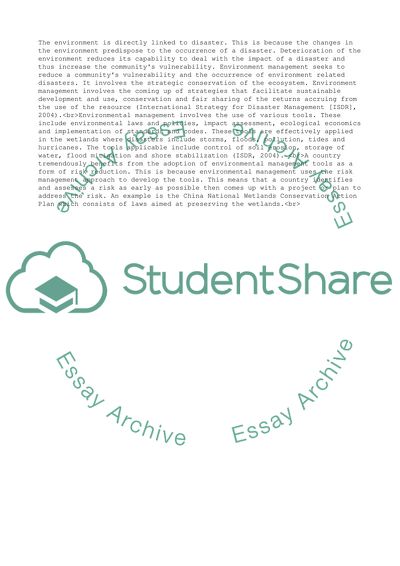Cite this document
(“Global Perspectives in Emergency Management Admission/Application Essay”, n.d.)
Global Perspectives in Emergency Management Admission/Application Essay. Retrieved from https://studentshare.org/management/1589532-global-perspectives-in-emergency-management
Global Perspectives in Emergency Management Admission/Application Essay. Retrieved from https://studentshare.org/management/1589532-global-perspectives-in-emergency-management
(Global Perspectives in Emergency Management Admission/Application Essay)
Global Perspectives in Emergency Management Admission/Application Essay. https://studentshare.org/management/1589532-global-perspectives-in-emergency-management.
Global Perspectives in Emergency Management Admission/Application Essay. https://studentshare.org/management/1589532-global-perspectives-in-emergency-management.
“Global Perspectives in Emergency Management Admission/Application Essay”, n.d. https://studentshare.org/management/1589532-global-perspectives-in-emergency-management.


